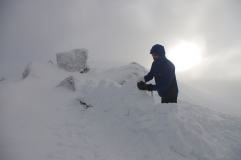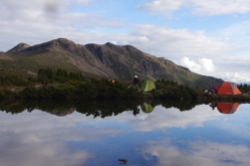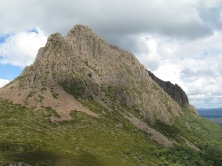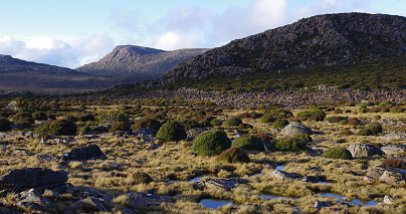Across the Australian high country, the snow gum woodlands are facing an existential threat from dieback and climate change driven fire regimes.
These threats are detailed here, as are some potential solutions.
While the loss of these forests would have major physical and ecological impacts on mountain environments, what would it mean for our personal connection to the high country? For me these trees are an essential part of life in the mountains. When I drive or walk up from the valley and have a wander among old trees, I feel like I have come home. I know these forests have been here for time beyond our imagining:
Continue reading “‘They offer great beauty. They offer shelter. They nurture us.’”


































































Recent Comments